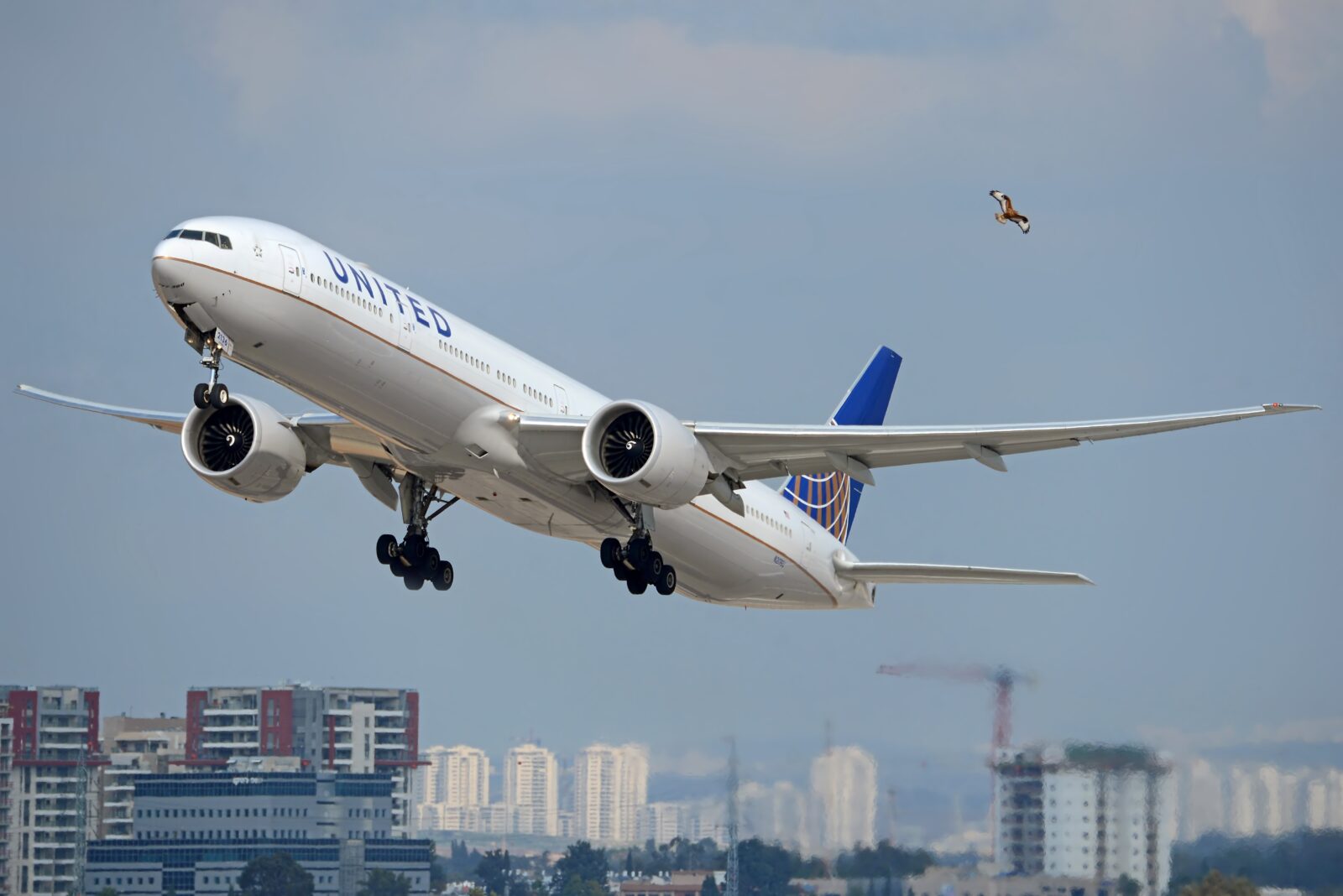
Passengers onboard a recent United Airlines flight from Paris Charles de Gaulle to Washington Dulles were sent into panic mode after an automated emergency decompression announcement started to play and a small number of oxygen masks dropped from the overhead panels.
The emergency announcement implored passengers to grab their nearest oxygen mask and place it over their nose and mouth before helping anyone else, but for more of the passengers onboard the packed Boeing 777-200, there was no oxygen mask to grab.
I took 2 Boeing flights in 1 week with 2 separate issues. AC872(engine fire) & UA914(cabin pressure loss & oxygen mask deployment)
byu/Niceplantsnola inaviation
According to one of the passengers onboard Flight UA914 on June 12, what made the situation even worse was that the flight attendants announced to the entire cabin that they were struggling to get in touch with the pilots over the interphone system.
Thankfully, it soon transpired that the 26-year-old aircraft wasn’t experiencing a decompression, and passengers didn’t actually need to use an oxygen mask to prevent them from slipping into unconsciousness.
In a statement, a spokesperson for United Airlines confirmed that several oxygen masks “inadvertently” deployed during the eight-hour transatlantic flight from Europe, although the airline has not yet commented on what the system malfunctioned.
“On June 12th, a small number of oxygen masks inadvertently deployed on United flight 914 from Charles de Gaulle Airport to Dulles International Airport,” the airline said in an emailed statement.
“The air pressure in the cabin was normal for the entire flight, the aircraft landed safely as scheduled, and customers deplaned normally.”
While flight UA914 flew across the Atlantic at a maximum altitude of 36,000 feet, the cabin on older Boeing 777s is pressurised to around 8,000 feet.
Should the aircraft pressurisation start to rise, however, the pilots will be alerted via onboard sensors, while flight attendants will receive indications once the pressurization reaches 10,000 feet.
Once the pressurization has reached 14,000 feet, oxygen masks will automatically drop, and, in many cases, a pre-recorded announcement will also play.
The aircraft involved in Wednesday’s incident appears to have been taken out of service for a day but has been back in commercial service since June 14, when it operated a 13-hour flight between Dulles and Tokyo Haneda.
This is, of course, the latest in a string of mishaps for United Airlines, which has found itself at the centre of an FAA probe into the carrier’s safety culture. Earlier this year, the FAA prohibited United Airlines from launching new routes while the investigation got underway.
The carrier chose to delay its annual investor day, originally slated to take place on May 1, until later this year because it would have sent the “wrong message” while the federal government was actively investigating United’s safety culture.
Mateusz Maszczynski honed his skills as an international flight attendant at the most prominent airline in the Middle East and has been flying ever since... most recently for a well known European airline. Matt is passionate about the aviation industry and has become an expert in passenger experience and human-centric stories. Always keeping an ear close to the ground, Matt's industry insights, analysis and news coverage is frequently relied upon by some of the biggest names in journalism.








I’m sure there was no widespread “panic”. There’s always a few for anything.